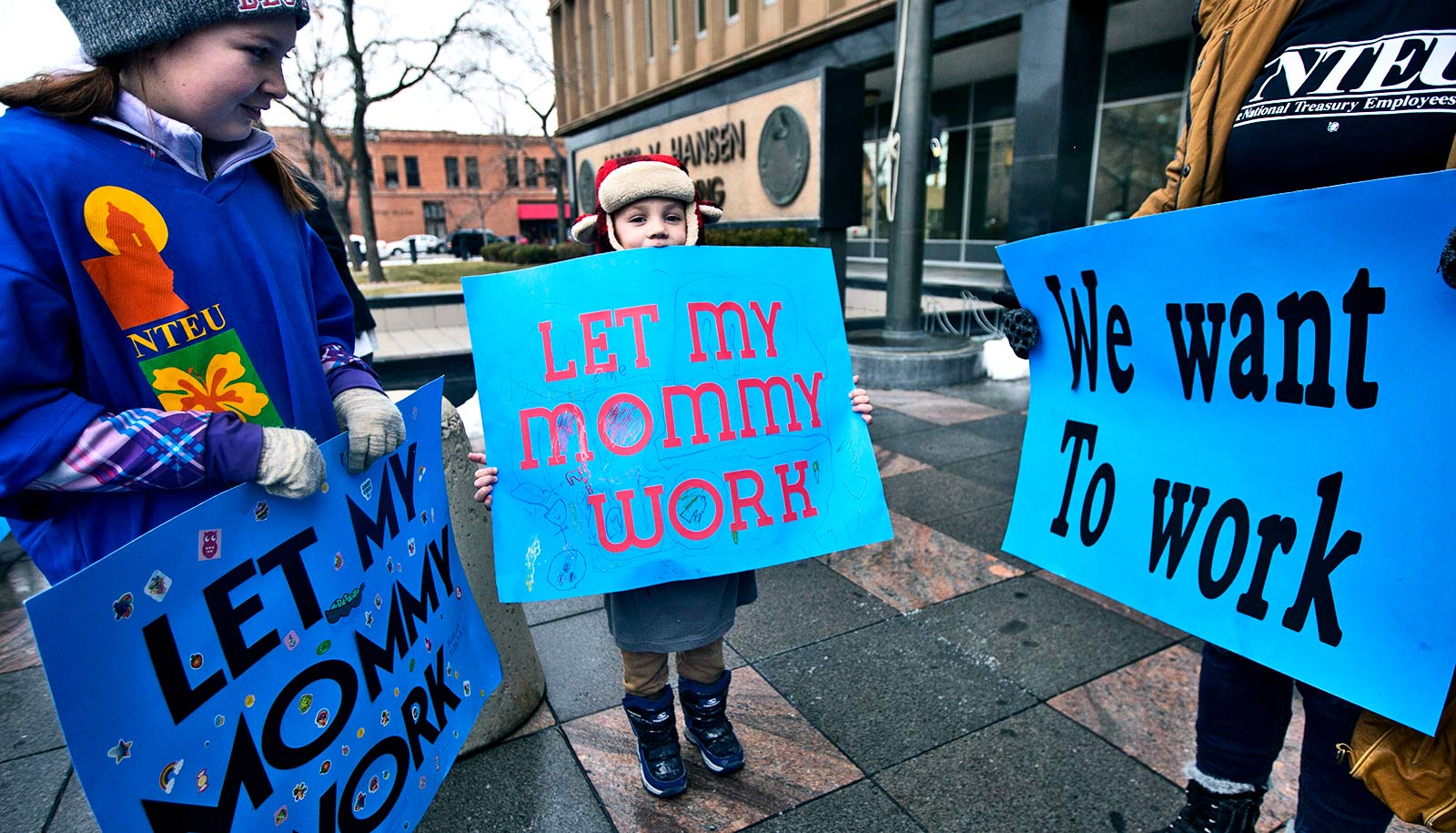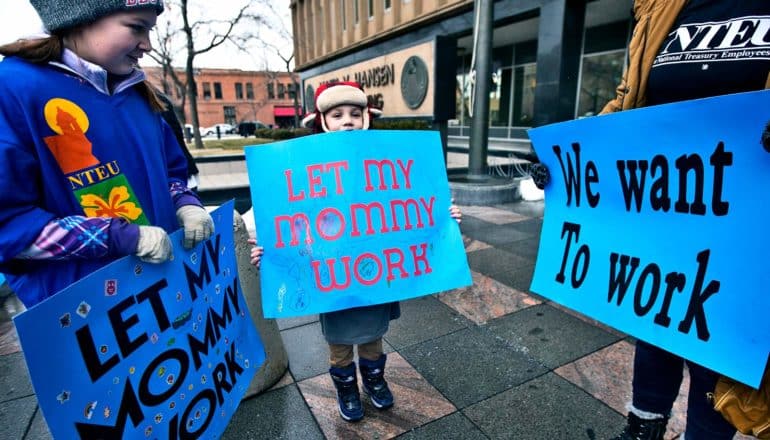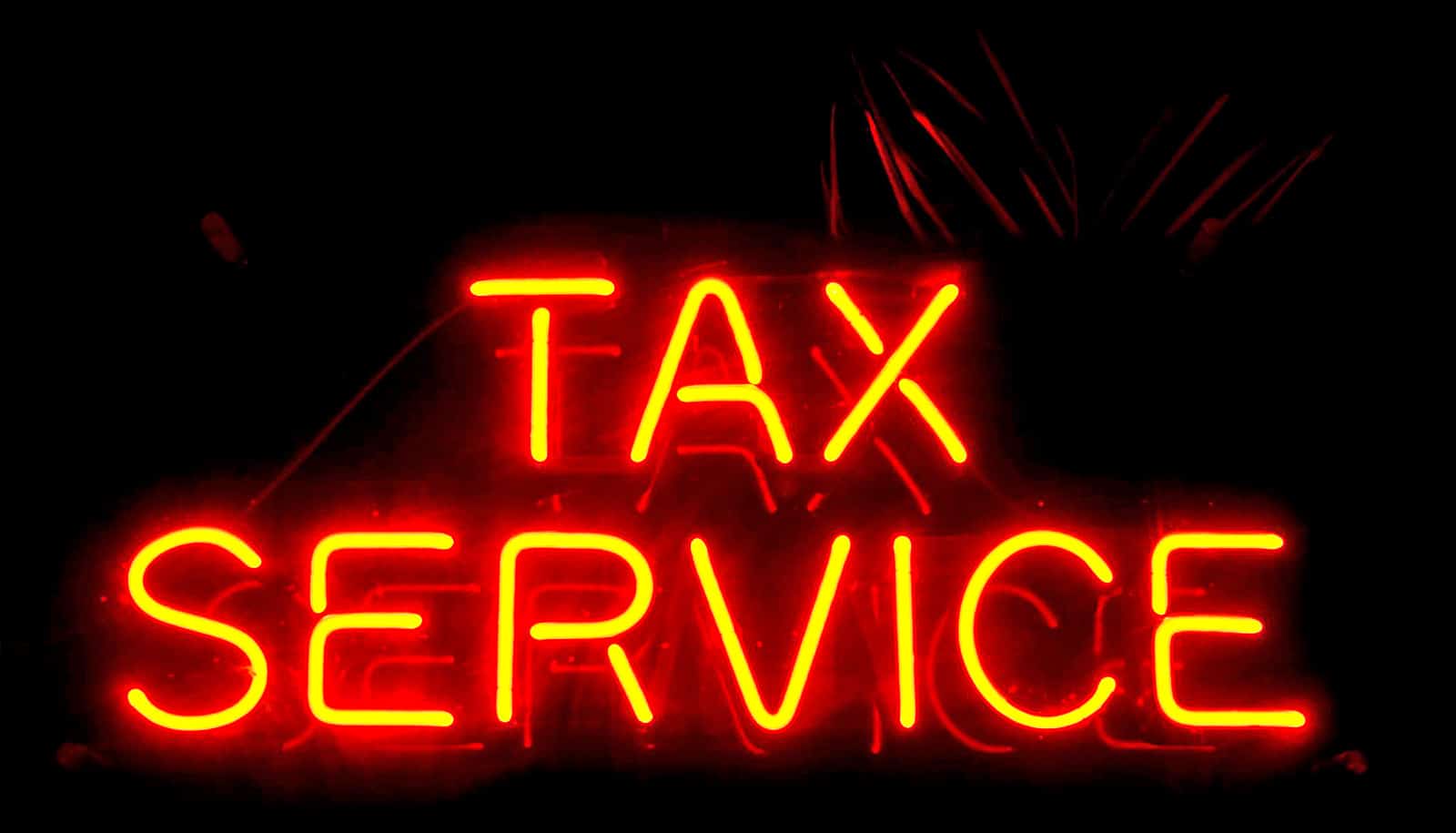
(Credit: Getty Images )
What are the costs of the government shutdown?
What's going on with the government shutdown and when will it end? An expert weighs in.

The current government shutdown is now the longest on record, sidelining roughly 800,000 non-essential workers in nine agencies out of about two million full-time federal employees in all (excluding postal workers and soldiers).
Paul C. Light, a professor of public service at New York University’s Wagner Graduate School of Public Service, is a leading expert on the federal service and the author of The Government-Industrial Complex: The True Size of the Federal Government, 1984-2018 (Oxford University Press, 2019).
The shutdown’s impact extends, Light estimates, to more than 4.1 million contract workers and grantees, as well as the hundreds of thousands of other workers. Like those non-critical workers sitting at home, contract workers, who are largely in service jobs, do not expect to be paid until Congress and the president come to an agreement to resume appropriations.
When they’ll achieve a compromise is anybody’s guess. The sticking point in this shutdown is the more than $5 billion in border-wall funding that President Trump has requested.
Meantime, fallout spreads: the appropriations freeze is bringing complications for traditional government services, from public-health inspections of food and environmental hazards to security screening.
Here, Light talks about the shutdown’s broad repercussions and if he can predict a possible end date:
The post What are the costs of the government shutdown? appeared first on Futurity.
Share this article:
This article uses material from the Futurity article, and is licenced under a CC BY-SA 4.0 International License. Images, videos and audio are available under their respective licenses.


